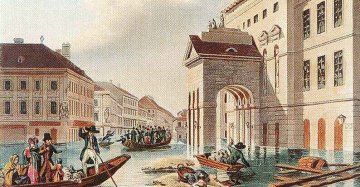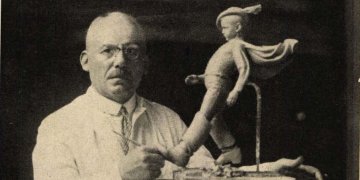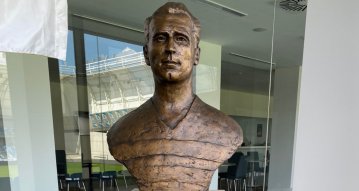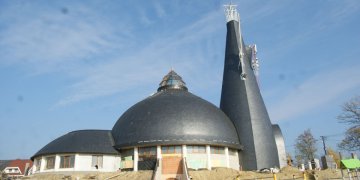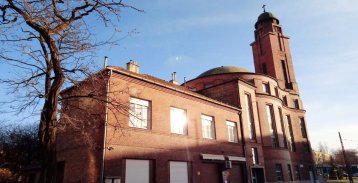Máté Millisits
Cikkek
Trauma and milestone - The story of the Pest-Buda flood of 1838
March 13, 2023 at 5:00 PM
185 years ago, between 13 and 18 March 1838, the Danube flood, which is considered to be the largest in the history of the settlements in the area of today's Budapest, which had an independent public administration at the time, devastated the area. The natural disaster also called the ice flood, caused the most serious damage in Pest, which was at the dawn of development during the Reform Era. While in the other settlements, life returned to the previous state after the flood receded, in Pest, after the destruction, using more durable materials, it was possible to rebuild the city on a new scale.
Ede Telcs, born 150 years ago, created masterpieces in various areas of sculpture
May 13, 2022 at 2:00 PM
Ede Telcs is an outstanding figure in Hungarian sculpture, and his works in Budapest include representative public monument, tombstone and architectural sculpture. His works adorning the Hungarian capital were mostly placed in City Park and the National Graveyard on Fiumei Road, as well as in the city centre. His work is intertwined with the life of the famous personalities, mainly with the architect Ignác Alpár, of Budapest which was developing into a world city.
Nándor Hidegkuti, to the miracle striker of the Golden Team, was born in Óbuda a hundred years ago
March 3, 2022 at 10:00 AM
The excellent footballer of MTK, who became the Olympic champion in 1952 with the legendary Golden Team, started playing football with a rag ball next to the brick factory in Újlak. He had come a long way from Óbuda to world fame, but he managed to achieve what many longed for. Nándor Hidegkuti was born a hundred years ago.
The Makovecz Church, on the foundation stone laying of which the architect was present, will soon be completed
November 24, 2021 at 9:00 AM
Imre Makovecz, a master of organic architecture, designed many churches in addition to many buildings. The plans for the Church of the Ascension in Rákoskert were made between 2008 and 2009, for which the necessary financial resources were not available at that time. However, construction of the church began two years ago and is now nearing completion. The new bell has been placed in its tower these days.
The Lutheran Church in Kőbánya is ninety years old, the first Protestant building in Budapest showing modern architectural principles
November 5, 2021 at 11:00 AM
The church of the Lutheran Parish of Kőbánya, consecrated in 1931, is located in the geometric center of the capital. The building at 14 Kápolna Street is a small "jewel box" of Hungarian sacred architecture between the two world wars. Its floor plan evokes the world of Baroque sacral buildings with a single nave, and in its external design it can be related to the Western European buildings of art deco.

